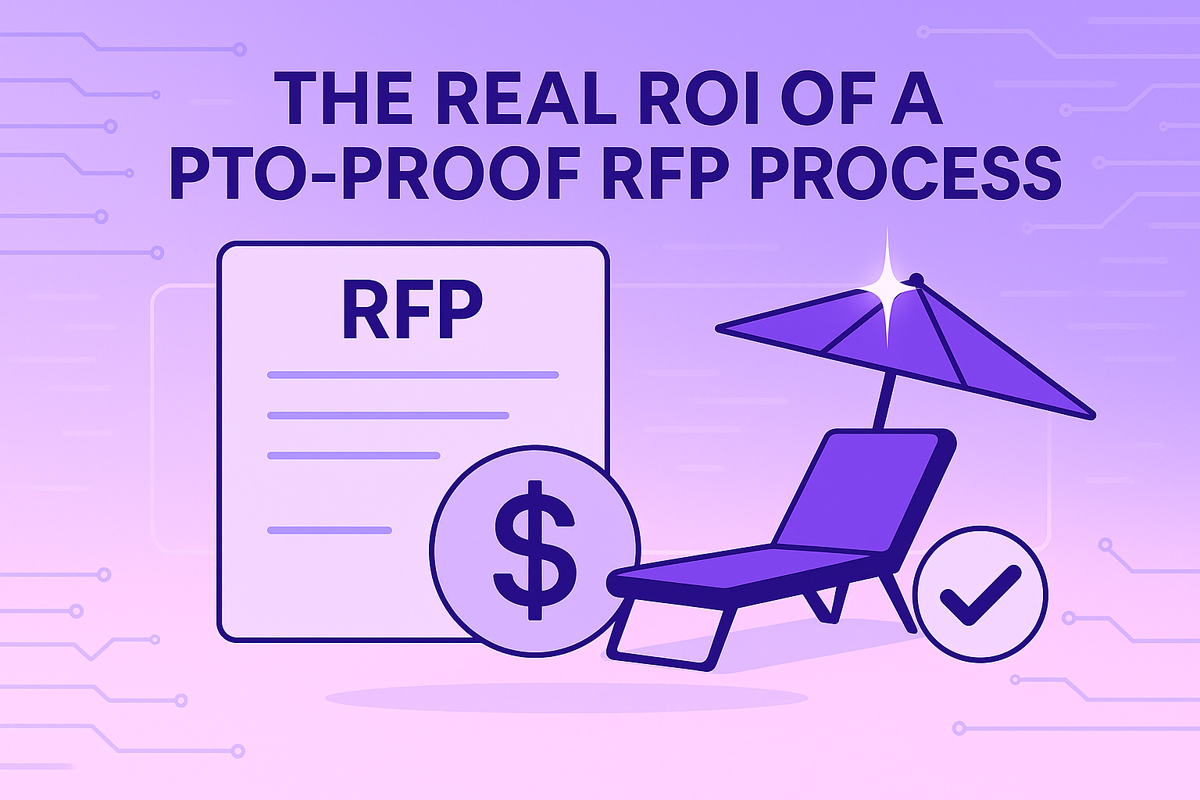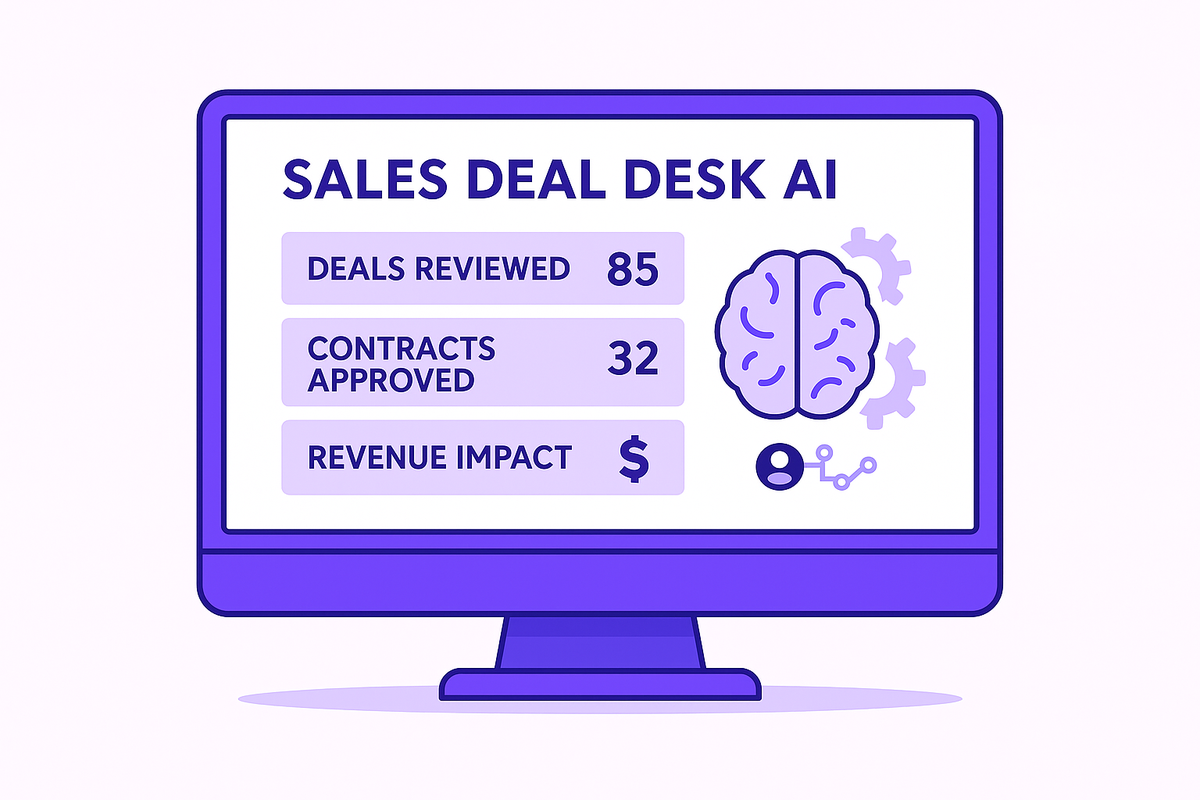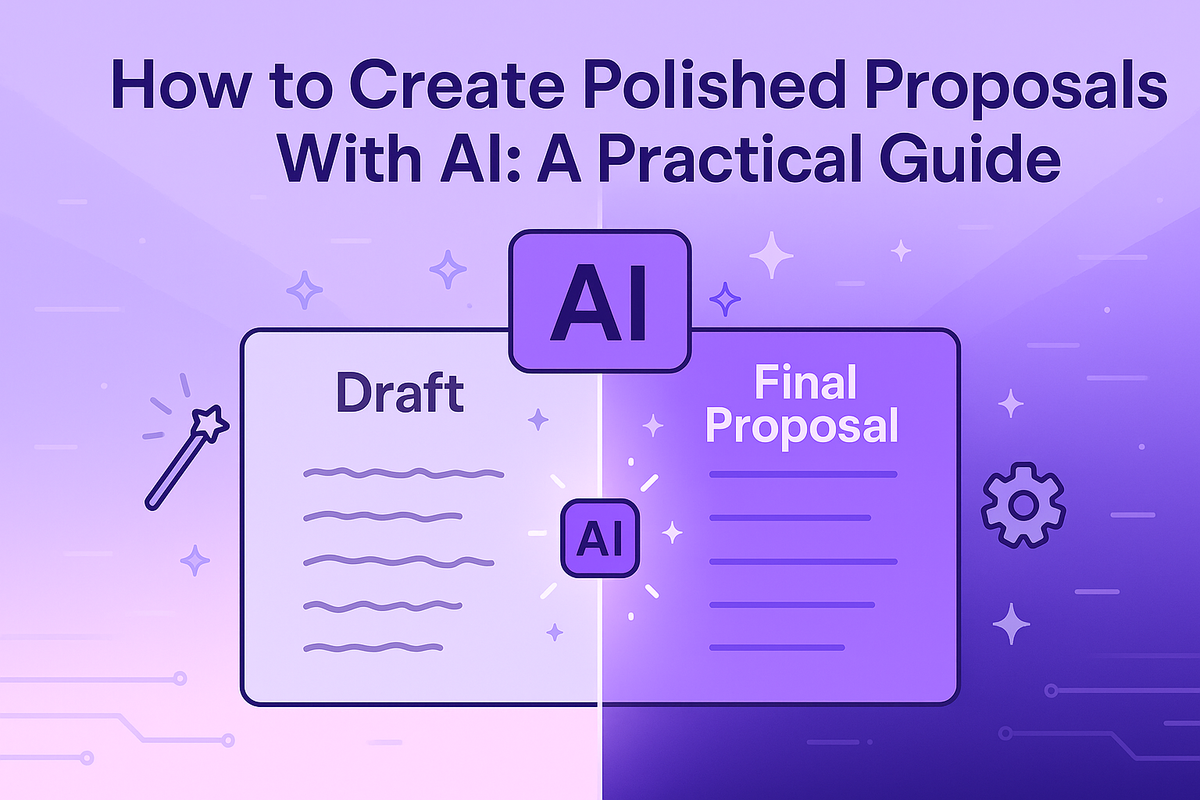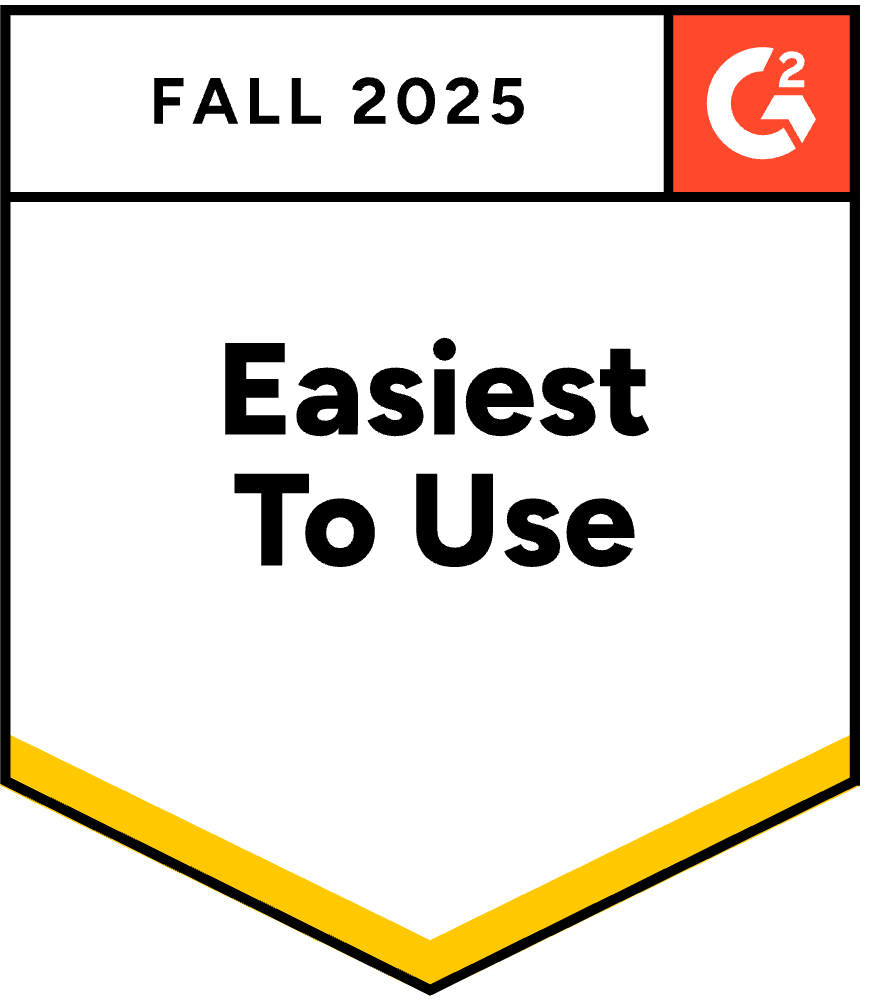The Real ROI of a PTO-Proof RFP Process
June 30, 2025
By
Evie Secilmis

It started with a Slack message.
"Hey—do you remember how we answered the compliance section for that deal last quarter? Legal’s out, and this one’s due by Friday."
What followed was a scramble:
- Digging through old folders.
- Guessing at what language was approved.
- Ping-ponging edits across teams that were half-available.
Sound familiar?
It’s the hidden tax of an RFP process that depends on heroics—not systems.
And in the summer, that tax gets steeper.
When Your Process Depends on People, People Burn Out
Sales engineers, legal reviewers, proposal managers—they all deserve real time off. But without a process that supports them being offline, time off turns into a bottleneck.
The cost?
- Slower turnaround time
- Higher error rates
- Inconsistent messaging
- Stressed-out teams
And none of that looks good to a buyer.
The Math Behind the Burnout
It’s easy to underestimate how much time RFPs quietly drain from a team until you do the math.
If an average technical RFP takes 80 hours across four contributors—sales, SE, legal, and compliance—that’s 320 hours for one deal. Multiply that by 40 RFPs a year and you’re at 12,800 hours. That’s six full work months spent just responding.
Now factor in the hidden friction: delays from PTO, versioning errors, or manual reviews. Conservatively, that adds 15–20%. The real number starts creeping closer to 15,000 hours—the equivalent of another full-time hire who doesn’t actually exist.
That’s the cost of “good enough.”
Not because teams aren’t working hard, but because the process makes it impossible not to.
The Hidden Cost of “Good Enough” Processes
Most teams assume their current approach works “well enough.” Until you actually measure it.
Every duplicated answer, every unnecessary Slack ping, every late-night edit compounds into lost time and invisible costs. Multiply that across a year’s worth of deals, and the numbers get uncomfortable:
- Hundreds of hours spent chasing old answers instead of closing new revenue
- Tens of thousands in labor costs tied up in review cycles and manual QA
- Lower win rates as response quality and consistency erode
The truth? “Good enough” isn’t good for growth.
Efficiency isn’t just about moving faster—it’s about freeing capacity.
With the right foundation, every RFP stops being busywork and starts being a competitive advantage.
So What Does a PTO-Proof Process Actually Save You?
Start with this: The average technical RFP takes 50–100 hours across departments. Multiply that by every deal in flight—then factor in delays, revisions, and context-switching.
Now imagine:
- No duplicated answers
- No last-minute scrambles
- No dependency on "who remembers what"
The result isn’t just speed. It’s scale.
Where ROI Actually Comes From
- Time Saved
- Auto-surfaced responses mean fewer hours writing from scratch
- Fewer review cycles mean faster internal approvals
- Risk Avoided
- Reused, approved answers reduce legal and compliance exposure
- Role-based permissions protect sensitive info across teams
- Pipeline Protected
- RFPs don’t stall when key people are out
- Teams can keep moving without sacrificing accuracy
- People Retained
- Your best SEs and SMEs aren’t buried in repeat work
- PTO actually means unplugged, not "available if needed"
Building a Culture of Continuity
PTO-proofing isn’t just operational—it’s cultural.
When people know their work won’t collapse in their absence, they feel safer taking breaks and performing at their best when they’re on. That kind of confidence doesn’t come from heroics—it comes from structure.
Teams that build for continuity:
- Reduce burnout and attrition
- Improve cross-functional trust
- Deliver consistent, high-quality responses year-round
With Iris, continuity becomes built-in—not an afterthought.
Every answer, workflow, and approval is structured for resilience—so your team can move fast without fear of what happens when someone’s offline.
Iris Makes PTO-Proofing Real
Here’s how teams use Iris to keep deals moving—without burning people out:
- Ask Iris pulls prior answers with context, tags, and usage data
- Smart workflows assign questions by role and flag gaps early
- Approval tracking shows who’s reviewed what—and what’s still pending
- Version control and AI-assisted drafts reduce rework and confusion
It’s not just automation. It’s enablement.
Final Thought: Your People Deserve Better
You didn’t hire brilliant SEs and compliance pros so they could rewrite the same answer 12 times.
You hired them to solve problems, build trust, and close deals.
The ROI of a PTO-proof process isn’t just in what you save. It’s in what your people gain back.
→ Want to calculate what Iris could save your team this summer? Book a walkthrough
Share this post
Link copied!



















